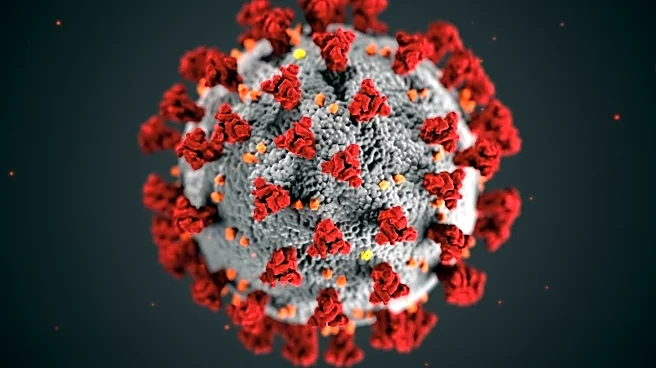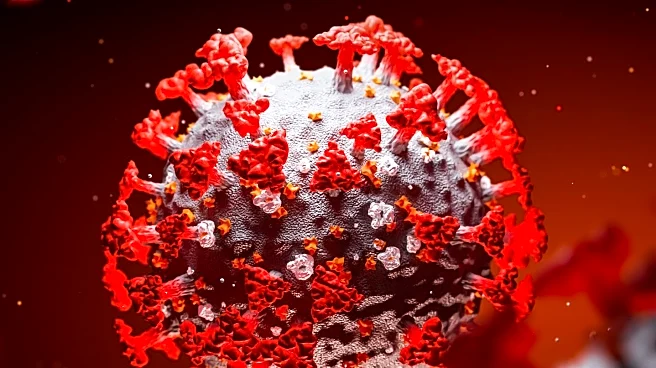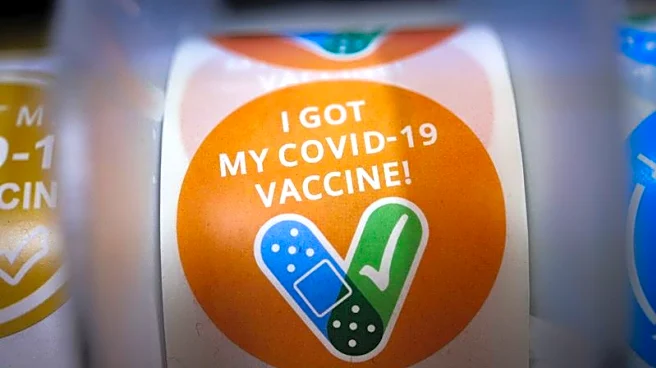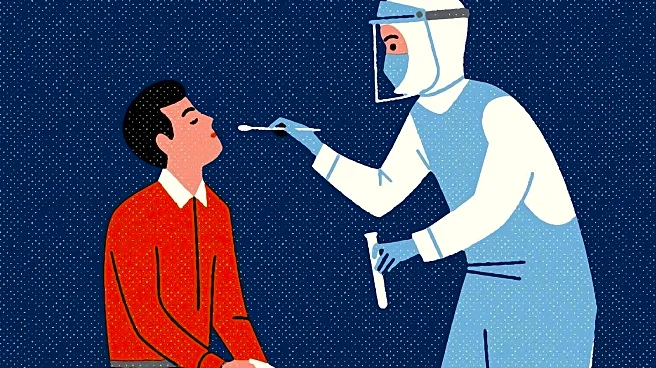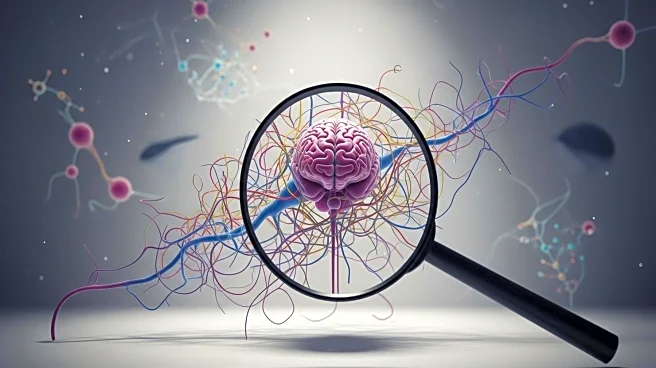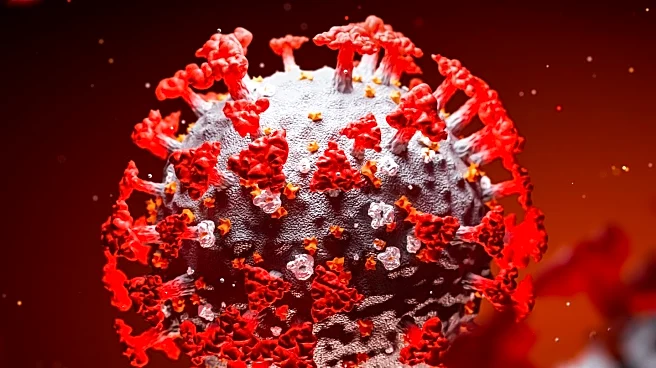What's Happening?
Health Secretary Robert F. Kennedy Jr., known for his anti-vaccine stance, is focusing on the National Vaccine Injury Compensation Program (VICP), which could affect vaccine production in the U.S. The VICP was established in the 1980s to protect vaccine manufacturers from liability, ensuring a stable vaccine supply. Kennedy has criticized the program, calling it corrupt and broken, and has plans to reform it. Experts warn that undermining the VICP could lead to a repeat of past vaccine shortages, as manufacturers might exit the market due to increased legal risks.
Why It's Important?
The VICP plays a crucial role in maintaining the U.S. vaccine supply by providing legal protections to manufacturers. Kennedy's actions could destabilize this system, leading to potential vaccine shortages. This could have significant public health implications, as vaccines are essential for preventing diseases and maintaining herd immunity. The pharmaceutical industry might face increased legal and reputational risks, potentially affecting their willingness to produce vaccines. The broader impact could be a reduction in vaccine availability, affecting public health and safety.
What's Next?
Kennedy's plans to reform the VICP could lead to changes in vaccine injury compensation, potentially adding conditions like autism to the list. This could overwhelm the system with claims, increasing costs and legal risks for manufacturers. The CDC's vaccine panel, recently restructured by Kennedy, will review several vaccines, which could lead to changes in recommendations. These developments could prompt manufacturers to reconsider their participation in the vaccine market, affecting supply and public health.
Beyond the Headlines
Kennedy's actions highlight the tension between public health policy and individual rights. The ethical implications of altering vaccine injury compensation could affect trust in vaccines and public health initiatives. The legal challenges posed by these changes could reshape the landscape of vaccine production and distribution, with long-term effects on public health infrastructure.





